How Casino Design Keeps You Playing-and Spending-Longer

Modern casinos employ a range of psychological strategies to maximize player spend and time on the floor. [Image: WiNG/CC BY 3.0]
Walking into a casino is an immersive experience-vibrant lights, infectious excitement in the air, and the ceilings echoing with possibility. This captivating environment is far from accidental. Every aspect of a casino’s design, from layout to lighting, is carefully crafted to heighten your time inside-and, ultimately, your spending.
While perks like complimentary drinks and reward programs may catch your attention, it’s the subtle psychological tricks embedded in casino design that truly encourage longer play sessions. Let’s explore the fascinating strategies behind these glitzy spaces and discover how casinos keep you enthralled for hours on end.
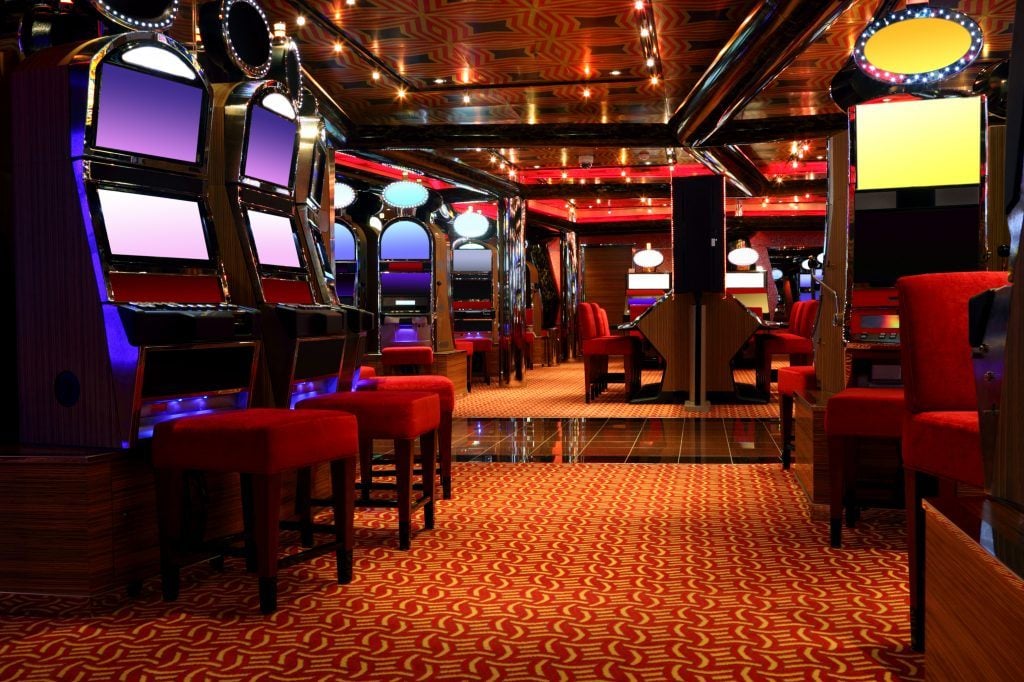
There’s a correlation between carefully crafted casino design, and how much you end up gambling. [Image: Shutterstock]
The Changing Face of Casino Architecture
Casino layouts have undergone a dramatic transformation over recent decades. Gone are the days when blinking slot machines greeted you at the entrance; today’s mega-casinos welcome guests with grand lobbies, lush décor, and intricate layouts-all engineered to maximize comfort, pleasure, and, of course, profits.
The development of modern casino design has been largely shaped by two rival approaches: the classic philosophy of Bill Friedman and the playful innovations of Roger Thomas. Both have left a lasting mark on how casinos appeal to patrons-and keep them playing.
Bill Friedman and the “Maze” Casino Model
Bill Friedman, a renowned casino consultant with a background in gambling himself, was pivotal in shaping the classic casino experience. Driven by a desire to uncover what made players stay and return, Friedman meticulously studied more than 80 establishments across Nevada and translated his findings into actionable strategies for casino owners. His research resulted in a foundational 630-page book, Designing Casinos to Dominate the Competition, published in the late 1990s.
Friedman identified several principles to boost the proportion of visitors who gambled-and the frequency they’d come back. Many of these tactics are now staples of traditional casino design:
The Core Tactics of Traditional Casino Layouts
- No Sense of Time-No Clocks or Windows: Removing both windows and clocks makes it easy for guests to lose track of time, forgetting outside commitments and lingering longer than intended.
- Confusing, Winding Pathways: Maze-like layouts lead visitors through an endless sequence of tempting games, with restrooms and exits deliberately hard to find. This increases the likelihood of spontaneous play along the way.
- Cozy Atmosphere with Small Rooms: By segmenting the gaming floor into multiple smaller rooms with low ceilings, casinos foster a sense of intimacy and excitement, making guests feel comfortable and engaged.
- Visual Focus on Gambling Machines: The décor is intentionally understated so slot machines and table games take center stage, immediately drawing attention and inviting play.
- Narrow Aisles and Compact Tables: Packing gaming stations closely together dispels that “empty barn” sensation, providing a vibrant, bustling environment.
- Instant Gambling Opportunities at the Entrance: Friedman advocated for immediate engagement-play options are positioned right as you enter, eliminating wasted opportunity and reinforcing that guests are there to gamble.
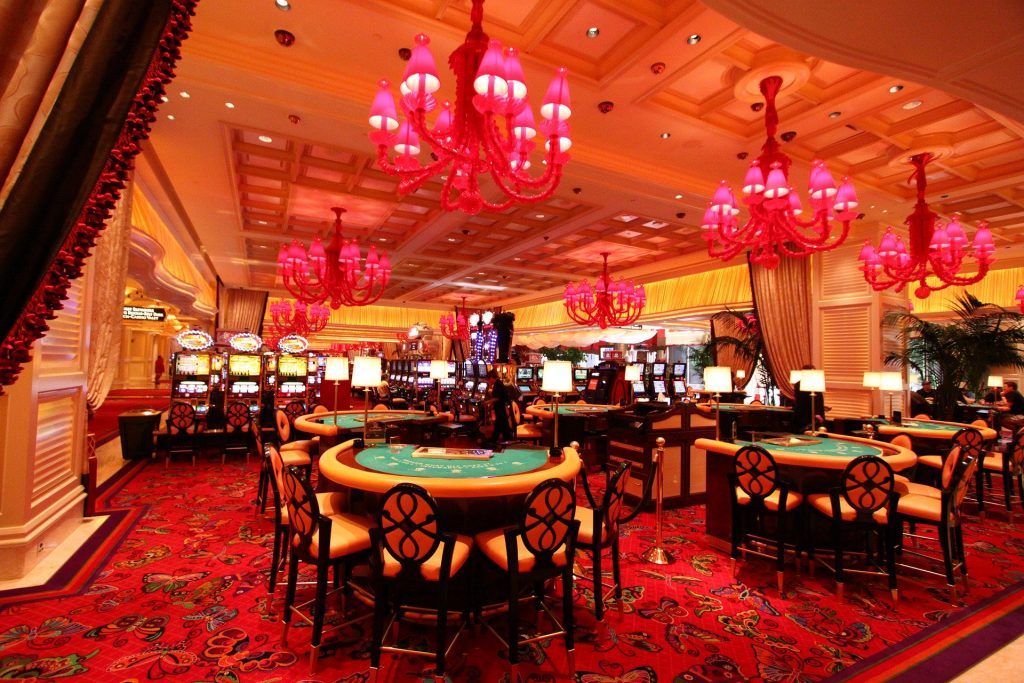
Creating a sense of intimacy is important for keeping players feeling relaxed and comfortable so they spend more money. [Image: Pixabay/DanMSchell]
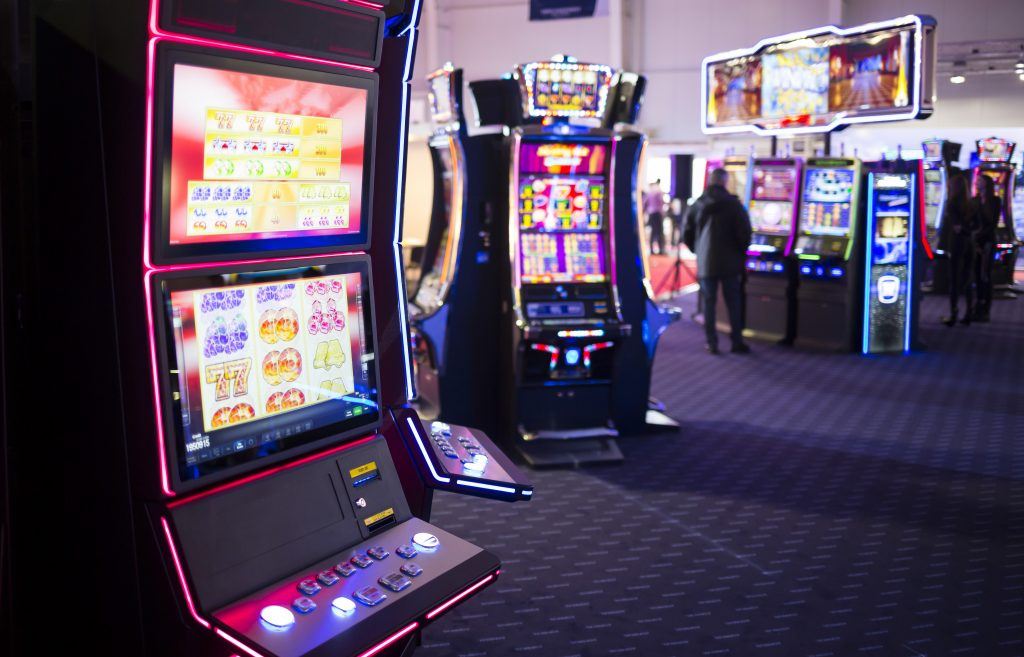
By creating unexpected pathways and clusters, casinos keep you more engaged and interested in playing for longer. [Image: Shutterstock]
The Shift to Playful, Open Casino Spaces: Roger Thomas's Vision
Casino design began shifting at the turn of the 21st century, with the arrival of Roger Thomas-a designer who would reinvent the Las Vegas casino landscape. Working alongside influential figures, Thomas transformed properties like the Bellagio, abandoning the “dark maze” for open, inviting playgrounds. His designs prioritized emotional comfort, creating environments focused on how players feel as much as on strategy.
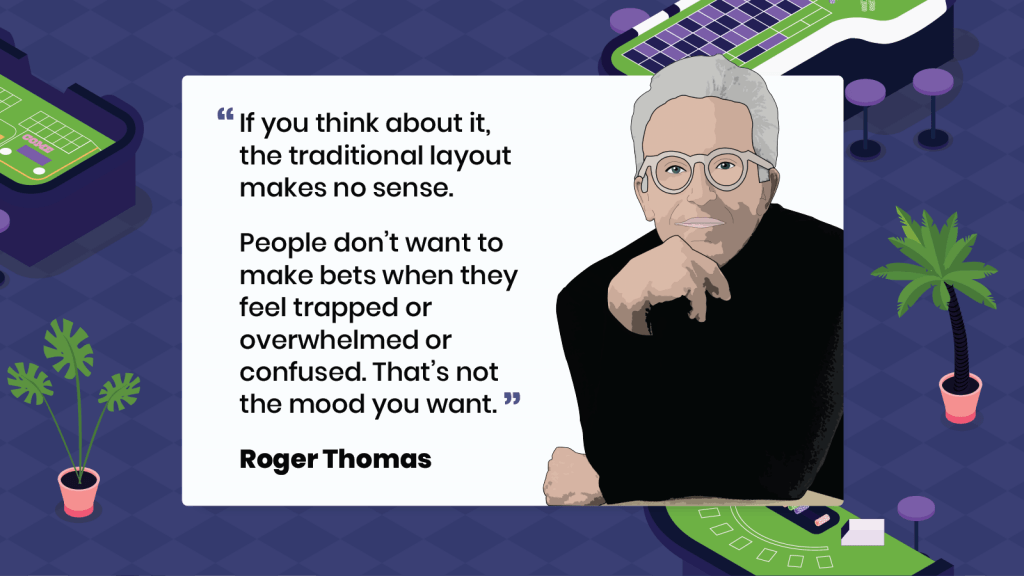
Thomas’s philosophy was simple: people are more likely to take risks and remain on the gaming floor when they feel relaxed and refreshed-not trapped. His approach included:
- Expansive, Bright Spaces: Large, open rooms with high ceilings and abundant natural light replaced cramped, windowless chambers.
- Eye-Catching Visuals and Elegant Furnishing: Flowing fabrics, European-inspired décor, and striking skylights set a tone of luxury and relaxation.
- Clear Signage and Easy Navigation: Thomas prioritized straightforward layouts and visual cues, making it simple for guests to explore without feeling lost or overwhelmed.
This new style quickly gained popularity, and high-end resorts adopted these principles to enhance player satisfaction, leading to longer stays and more relaxed-yet riskier-play patterns.
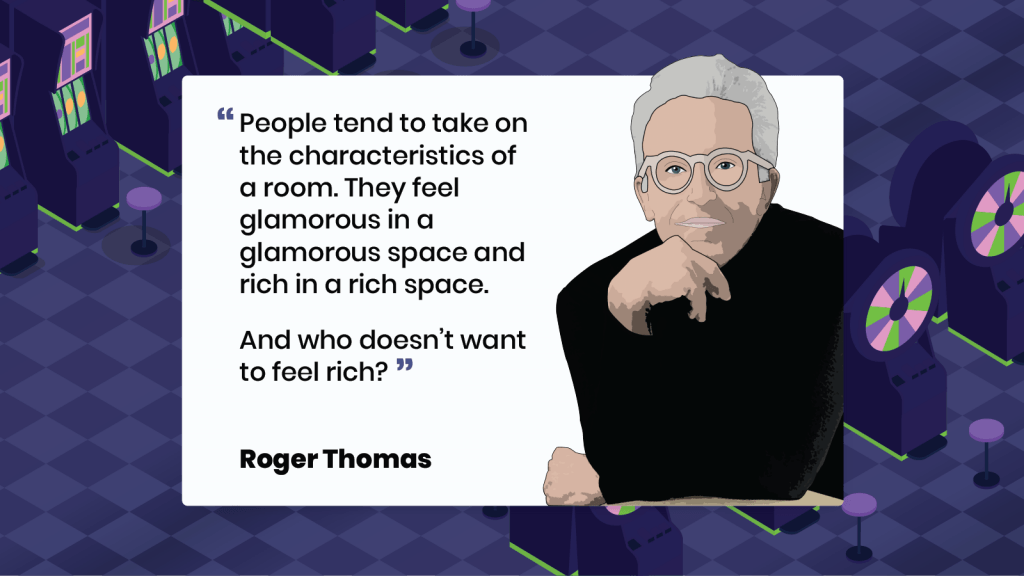
The Multi-Sensory Science of Casino Engagement
Beyond architecture and layout, casinos are meticulously designed to manipulate all your senses. Sound, scent, and even touch are leveraged to encourage positive feelings and prolong your time on the floor.
- Ambient Lighting and Sound Effects: The constant cascade of electronic sounds, ringing bells, and familiar musical cues create a stimulating, celebratory environment-even after coins have long vanished from slot machines.
- Pleasant Aromas: Research has proved that pumping certain scents into the air can significantly increase slot machine play-by as much as 46% in some studies-simply by making guests more comfortable and less hurried.
- Background Music and Acoustics: Carefully chosen playlists can energize players or help them relax, depending on the targeted behavior for each casino area.
Playground-style casinos especially benefit from multi-sensory design, with survey data revealing that guests find these environments more enjoyable and are happy to stay longer.
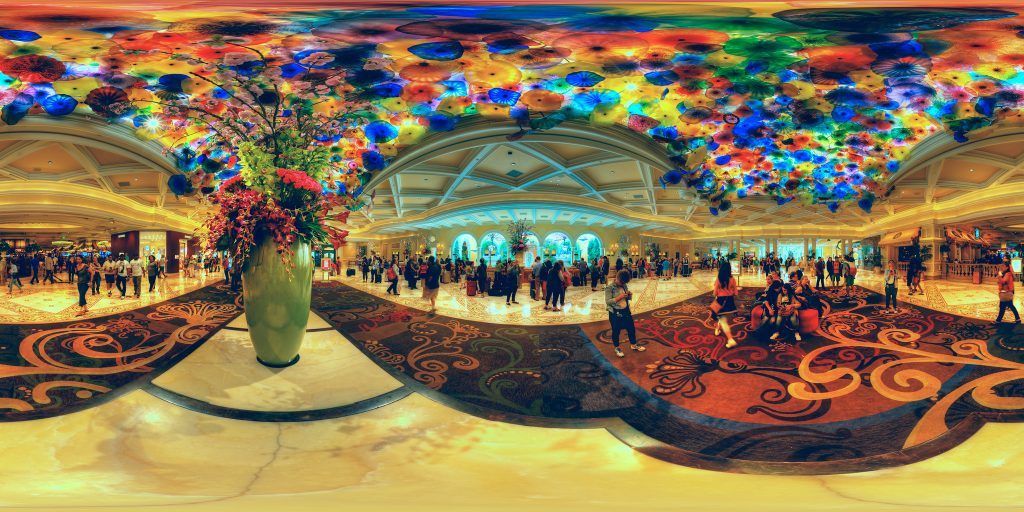
The Bellagio’s lobby stunning design draws in thousands of visitors. [Image: Flickr/BobDass]
Why Relaxation Means Higher Spending
The “playground” model works so effectively because it shifts focus from relentless stimulation to guest comfort. This mirrors principles used in airport terminals, where stressful checkpoints give way to calm, retail-filled lounges that invite passengers to linger and spend before flights.
Relaxed guests, research shows, are more likely to part with their money-whether for another round of blackjack or a luxurious dinner just off the casino floor.
Translating Casino Psychology to Online Gambling

Online casinos need to work twice as hard to attract you and keep you entertained. [Image: Shutterstock]
Unlike physical casinos, online gambling platforms can’t harness architecture, fragrances, or social ambience. Instead, they rely on digital equivalents-such as engaging graphics, reward systems, and avatars-to capture player attention.
Online gaming environments generally echo Friedman’s direct-immersion strategy: you’re ushered straight to the action, without the distractions of lounge areas or intricate layouts. However, despite broader access, gambling addiction rates in online environments have remained relatively stable compared to offline casinos. Studies suggest that the “playground” ambiance and communal thrill of brick-and-mortar venues are particularly effective at enticing repeat visits and higher risk play.
As technology advances, online casinos are constantly developing new features-think loyalty bonuses, immersive live dealers, and personalized gaming-to narrow the gap between virtual and in-person gaming appeal. The changing landscape of post-pandemic gaming will reveal whether digital or physical casinos hold the upper hand in delivering the most engaging (and profitable) experience.
References and Further Reading
- Stripping Las Vegas: A Contextual Review of Casino Resort Architecture, Ed. Karin Jaschke & S. Ötsch (2003)
- Designing Casinos to Dominate the Competition: The Friedman International Standards of Casino Design by Bill Friedman (2000)
- A Comparison of Online Versus Offline Gambling Harm in Portuguese Pathological Gamblers: An Empirical Study by Pedro Hubert & Mark D. Griffiths (2018)
- Disordered Gambling: Etiology, Trajectory and Clinical Considerations by Howard J. Shaffer, Ph.D. & Ryan Martin, Ph.D.
- How Casinos Use Design Psychology to Get You to Gamble
- Royal Flush: The Man Who Redesigned Las Vegas
Lead image: ‘The Venetian Macao The Great Hall’ by WiNG is licensed under CC BY 3.0













